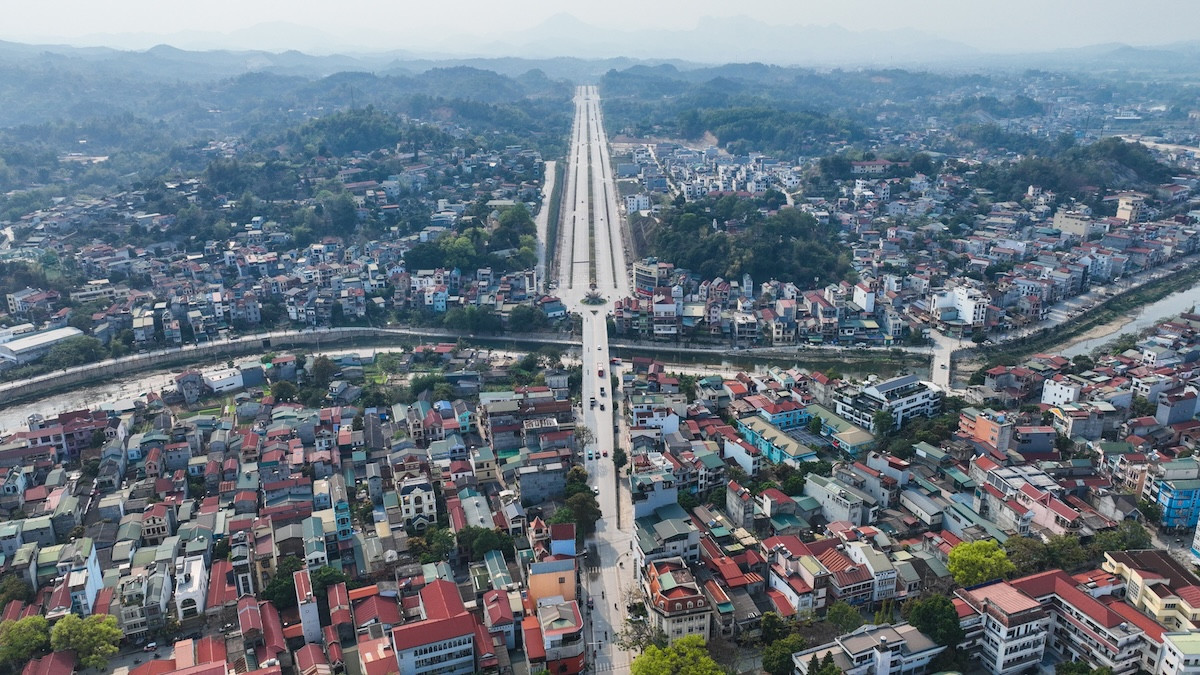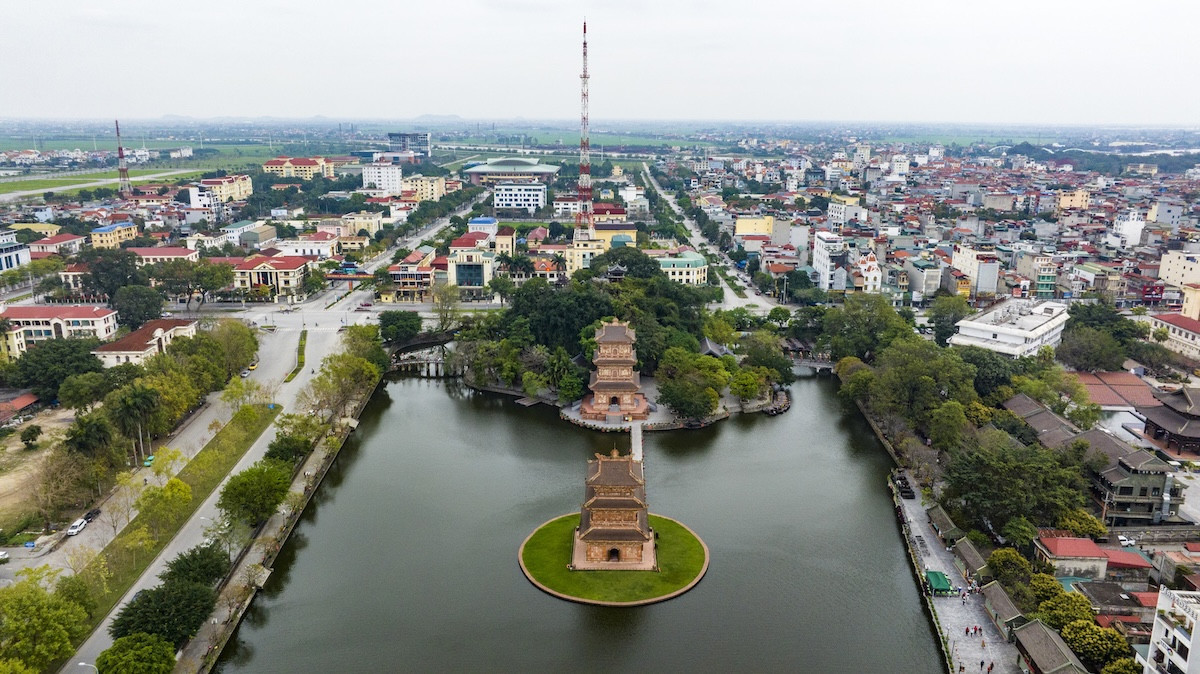Permanent Deputy Prime Minister Nguyen Hoa Binh has signed Decision No. 759 on April 14, 2025, officially approving the national plan to restructure administrative units and build a new two-tier local government model.
The restructuring plan outlines principles for reorganization, prioritizing not only area and population size but also cultural, ethnic, geographic, and socio-economic development factors, along with national defense, security, and international integration.
New provincial capitals must offer development potential

Based on six key criteria and directions outlined by the Politburo and Secretariat in Central Committee Conclusions 127, 130, and 137, the government proposes reorganizing provincial-level units into 52 entities.
These include the four centrally governed cities of Hai Phong, Ho Chi Minh City, Da Nang, and Can Tho, along with 48 provinces such as Ha Nam, Hung Yen, Vinh Phuc, Bac Ninh, Thai Binh, Khanh Hoa, Gia Lai, and Kien Giang.
Cao Bang, despite having a natural area below the legal threshold (6,700.4 km² or 83.8% of the standard), will not be merged due to its strategic border with China, complex terrain, and a population of which 95% are ethnic minorities. Neighboring provinces are deemed unsuitable for consolidation.
The location of future provincial administrative-political centers will be based on geography, transportation, infrastructure, and development potential to ensure long-term balance and security across merged areas.
Island districts and cities to be designated as special zones
For lower-level restructuring, the plan eliminates the district level, transitioning directly from province to commune-level administration. The new commune-level units will include wards, communes, and special administrative zones - abolishing district towns, county-level cities, districts, and townships.
If two wards merge, the new unit remains a ward. If a commune merges with a township, the resulting unit is classified as a commune.
Crucially, island districts and island cities will now be designated as special administrative zones. This includes: Van Don, Co To, Cat Hai, Truong Sa, Hoang Sa, Phu Quy, Kien Hai, Bach Long Vi, Con Co, Ly Son, Con Dao.

Additionally, in Kien Giang, the government has approved separating Tho Chau Commune from Phu Quoc City to create a new district. This would allow for two special zones: Phu Quoc and Tho Chau.
The plan clarifies that isolated communes or those of significant national defense or sovereignty importance are exempt from mandatory restructuring.
Staff reductions to occur gradually over five years
At the provincial level, government structures will retain the existing model: a People’s Council and a People’s Committee. The provincial People’s Council will have three committees - Legal Affairs, Economy-Budget, and Culture-Society - with a fourth for ethnic affairs where applicable.
For centrally governed cities, the People’s Council will include four committees, adding an Urban Affairs Committee under the new 2025 Local Government Organization Law.
The government has instructed that the total number of civil servants and public employees remain unchanged during the initial phase, though the overall headcount must not exceed the pre-restructuring total.
At the commune level, local government will consist of both a People’s Council and People’s Committee. The council will establish two committees: Legal Affairs and Socio-Economic Affairs.
Responsibilities currently held by district authorities will be transferred directly to the commune-level governments, including wards and special zones. Each new commune-level People’s Committee may have up to four specialized departments, customized to the area's urban, rural, or island-specific characteristics.
In unchanged communes, professional departments may be omitted, but staffing levels may be increased depending on local needs, including the addition of a deputy chairman.
The Vinh